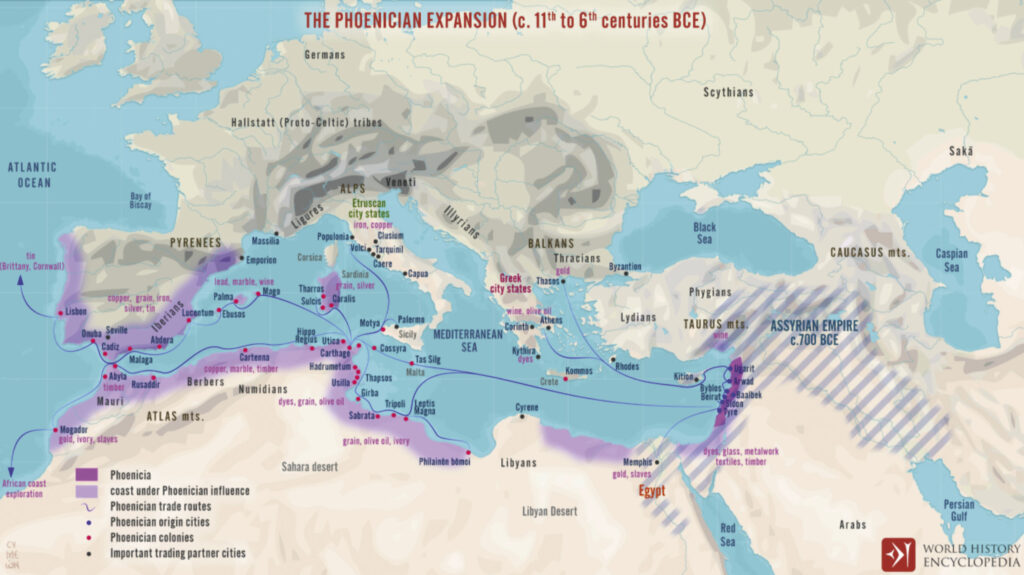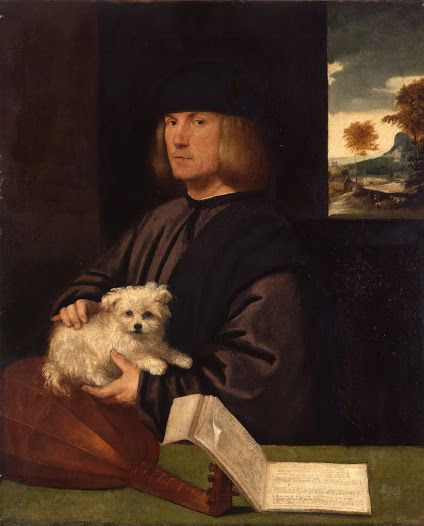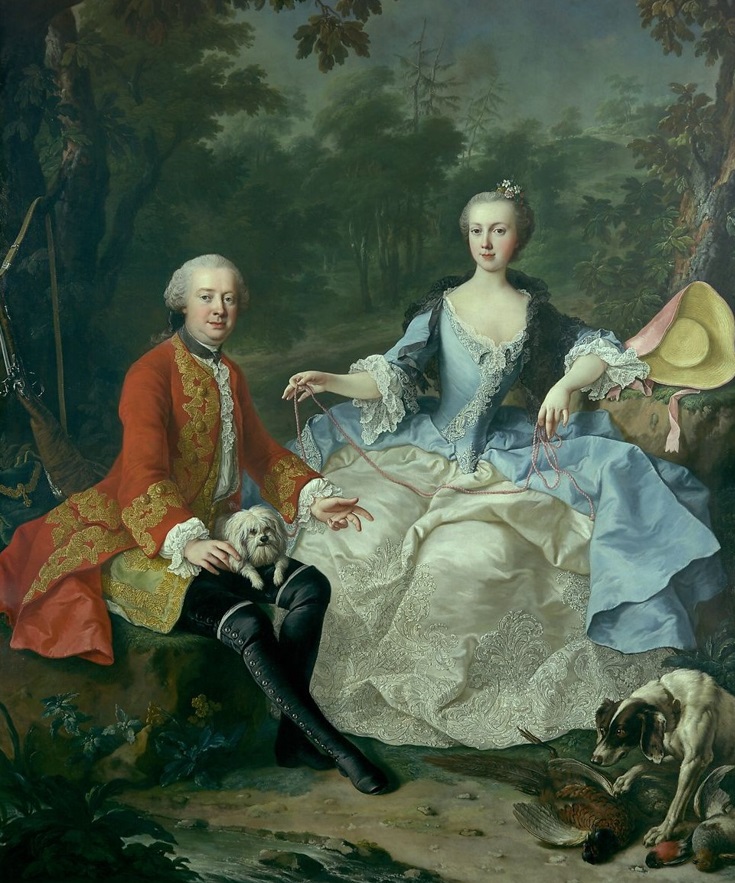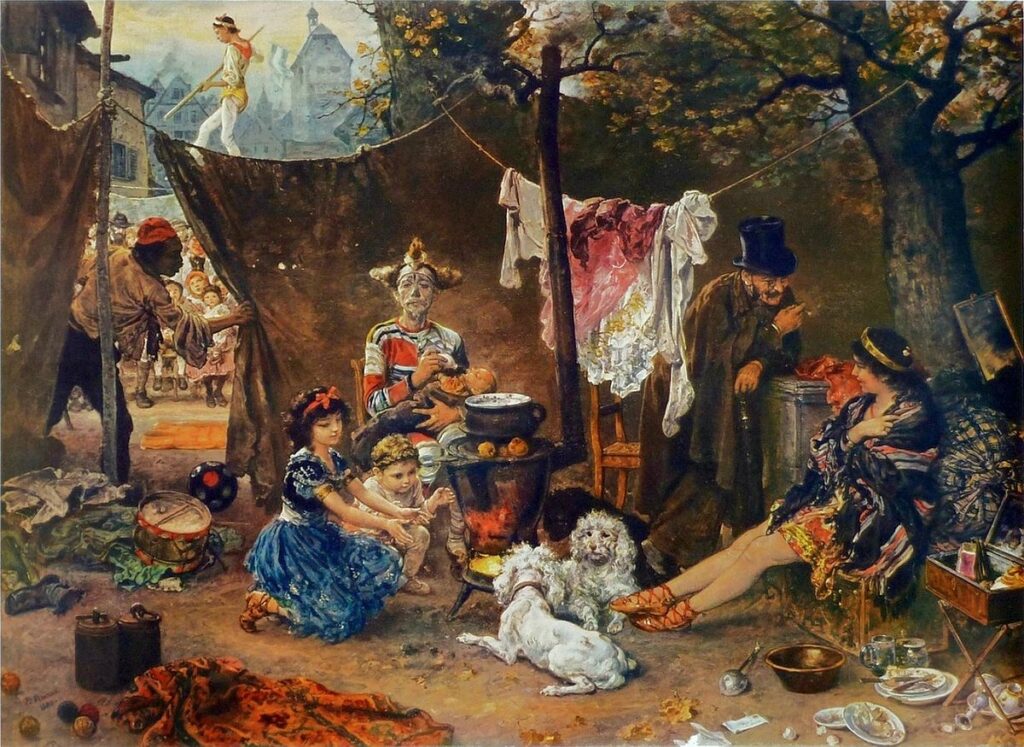Bichon
Frise
History
The origin of this breed began in the Mediterranean area, it’s not known exactly where, but the most accurate approximation indicates that it was the phoenician traders (located where Syria, Lebanon, and Israel are today) who saw the opportunity to trade it in the different seaports they had around Europe and Africa.

Until that time, this breed had no name, they called it a small white dog, and it wasn’t until the 13th century that’s was founded by Europeans in the Tenerife Islands, who decided to take it to Spain, Italy, and France, where it became one of the favorite dogs of the nobility.
There, they started to call it Tenerife Bichon, Tenerife Terrier, and Barbichon (a french word that comes from barbiche that means beard), from where it derives its name Bichon.
It was in the 15th century when it became famous in France thanks to King François I (1494-1547), who introduced it in the court as one of his pets, and then King Henry III (1574-1589) popularized the dogs with his curious way to carrying it in a basket tied to his neck. The pets were so popular that many artists began to paint families with their Bichons as a symbol of prestige and status.

It was almost 300 years that the Bichon had a privileged life with the nobility because trade and war generated a lot of wealth in the Mediterranean and Western Europe. The event brought changes in people’s clothing and hairstyles, making them more elaborate as an opulence symbol. The same happened with the appearance of the Bichon Frise, which created a new word, bichonner, meaning beautify, pamper and groom.

Then, in 1789 the French Revolution took place due to the corruption of wealthy families, causing some to go to jail along with their dogs, while others escaped and left their pets on the streets.
This occurrence made the Bichon Frise has to find a way to survive, as many had a second chance because of its character and ease of making people happy, who were captivated by its pirouettes and dances. These attracted the interest of circus managers, who saw an opportunity to take advantage of the breed’s attributes as it was docile, intelligent, and easy to train.

It wasn’t until 1933 that Belgium and France decided to recover some dogs from the circuses and the streets to restore the breed. Their efforts were so effective that in that year, they were able to enroll the dogs in the French Societé Centrale Canine, and the following year 1934, they were able to register it in the French Kennel Club under the name of Bichon Frise (Bichon à poil frisé) which means Bichon with curly fur.

By 1956 some dogs arrived in the United States to internationalize the breed, but it wasn‘t until 1971 that the American Kennel Club officially recognized it as a pedigree dog. This event offered the opportunity for it to participate in national and international competitions, making the Bichon Frise gain popularity over the years.

We can appreciate that the Bichon Frise has managed to win a place in people’s hearts, not only for its cheerful character but also for its hypoallergenic coat and the ease of getting along with children. All these attributes make it one of the most wanted dogs in the world.
Bibliography:
American Kennel Club. (2022). Bichon Frise. Recovered from: https://www.akc.org/dog-breeds/bichon-frise/
Barbara S. (1990). The complete Bichon Frise. United States of America: Howell Book House.
Editorial Albahri. (2015). Entre oriente y Occidente: Revista independiente de estudios históricos. Recovered from: https://www.academia.edu/11864634/La_colonizaci%C3%B3n_fenicia_en_las_islas_Canarias_Una_cuesti%C3%B3n_a_debate
Editorial Dogs Queensland. (2022). Dog World. Australia. Recovered from: https://issuu.com/dogs_queensland/docs/dog_world_january_2022_lr?e=24748608/91055379
Joshua M. (2018). Phoenicia. World History Encyclopedia. Recovered from: https://www.worldhistory.org/phoenicia/
Lexiann G. (2006). The Bichon Frise. United State of America: Terra Nova.
Salim K. (2022). History of the Phoenicians. Recovered from: https://phoenicia.org/history.html
Westminster Kennel Club. (2016). Bichon Frise. Recovered from: https://www.westminsterkennelclub.org/breeds/bichon-frise
